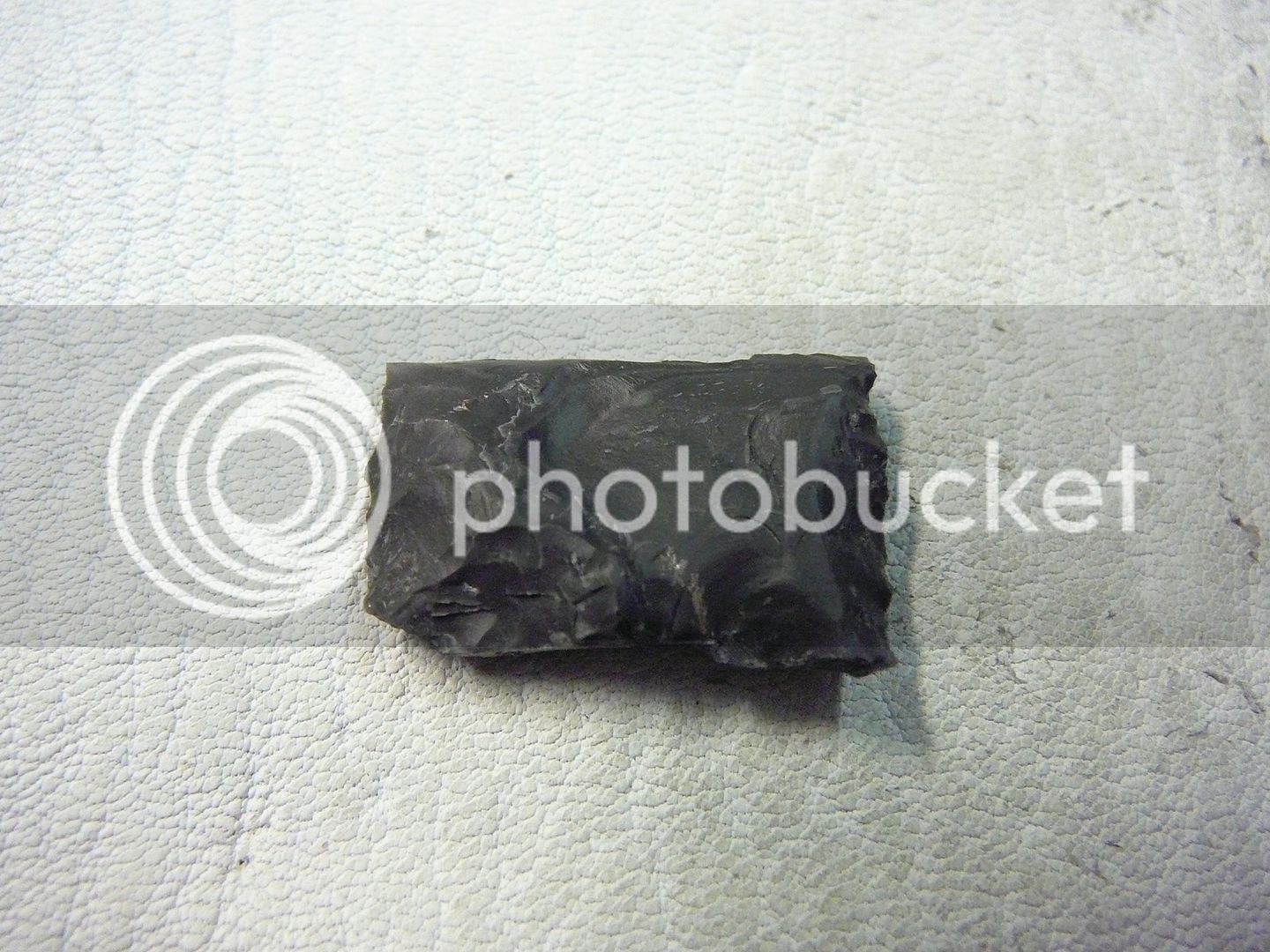M.D. said:According to Waldorf, true flint is 99 percent quartz and chert found in America is no more than 90 percent quartz. It is considered to be an impure grade of flint.
True flint is usually found in chalk beds in nodule form where as chert is associated with limestone, dolomite, sandstone and shale. It is found in three forms, lenses, nodules and beds. MD
D.C. is incorrect. I'll debate that with him next time I see him, probably in June.
America is a big place. The quality of flint, whether found in nodule or embedded form, varies greatly.






